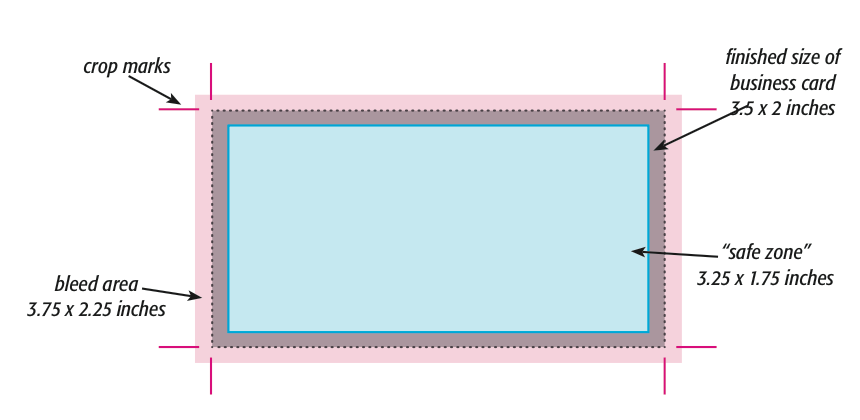What is a PDF?PDF is an acronym for Portable Document Format and is the standard for the secure and reliable distribution and exchange of electronic documents. A PDF is a universal file format that preserves the fonts, images, graphics, and layout of any source document, regardless of the application and platform used to create it. Adobe PDF files are compact and complete, and can be shared, viewed and printed by anyone with free Adobe Reader software.
What types of images will reproduce well for print?All images used in a project should be high-resolution raster or vector files. If you are scanning the images yourself from photographs, set the resolution to at least 300dpi (dots per inch). It is not advisable to 'lift' images from websites. Most of the images are set at a web resolution of 72dpi, which isn't high enough for print and the images may appear blurry or pixelated when printed.
What is a raster image?A raster image, also called a bitmap, is a way to represent digital images. It can be created in a wide variety of formats, including the familiar .gif, .jpg, and .bmp. The image is represented in a series of bits of information that translate into pixels on the screen. These pixels form points of color that create an overall finished image.
When a raster image is created, the image on the screen is converted into pixels. Each pixel is assigned a specific value that determines its color. This format uses the red, green, blue (RGB) color system. An RGB value of 0,0,0 would be black, and the values go all the way through to 256 for each color, allowing the expression of a wide range of values. In photographs with subtle shading, this can be extremely valuable.
When the image is viewed, the pixels usually smooth out visually for the user, who sees a photograph or drawing. When blown up, however, the individual dots of color become apparent. While this effect is sometimes a deliberate choice on the part of an artist, it is usually not desired. Depending on resolution, some images can be enlarged to very large sizes, while others quickly become difficult to see.
What is a vector image?A vector image uses a mathematical formula to draw a picture. A vector image defines points and the paths that connect them to form a digital representation of the image. Because mathematics can be easily scaled, this type can be enlarged but still have smooth edges. Their use is limited, however, and they are most suitable for typography, line art, and illustrations. A raster image usually remains the best choice for a photograph or shaded drawing.
Will my printed piece look exactly like it does on my computer screen?There will be some differences. Scanners and digital cameras create images using combinations of just three colors: red, green and blue (called RGB). These are the colors that computers use to display images on your screen. Four-color printing presses print full-color pictures using a different set of colors: cyan, magenta, yellow and black (called CMYK). RGB images need to be converted to CMYK before printing. This is easily done using an image editing program like Adobe Photoshop. IZ cannot be responsible for undesirable results if you furnish low-resolution or RGB images. It is also important to remember that all monitors may show colors differently depending on the monitor's quality and calibration.
Be aware that it is possible to make colors in RGB that cannot be reproduced exactly in CMYK. It is best to select any colors used for a project using CMYK definitions instead of RGB.
Spot colors are also commonly used in printed projects.What are spot colors?A spot color is a specially mixed ink that is applied on the press, as opposed to a mix of the four-color process colors. Spot colors can be produced in a more vibrant range of colors, and can have special characteristics which aren't available in process inks, such as neon or metallic ink. IZ uses the Pantone Matching System (PMS) for producing spot colors. Each PMS color has a unique number and formula for ink mixing.
It is important to note that if a project designed using spot colors is converted to CMYK, some color shifting will occur. Refer to the Pantone Bridge color books to make sure the spot colors chosen will reproduce closelywhen converted to CMYK.
What is a bleed?Bleed area is the extra (usually 1/8″) of color beyond the finished size of your printed piece. It allows us to print your piece oversized and cut it down to size, thereby giving the appearance that the printing bleeds off the edge of the page, rather than having white borders. Because cutting may vary slightly, it is a good idea to make sure all of your valuable information (ie. text) is within the 'safe design zone' (at least 1/8″ inside the finished area.)
For example, a standard business card measures 3.5 x 2 inches. When creating your design file, create the page size equal to the printed size of your piece (3.5 x 2). Extend any color that you want to bleed off the page at least .125 inches past your page size. Make sure to save the file as a .PDF with crops and bleeds. Make sure to save the files as a high resolution PDF with crops and bleeds.
What is a Crop Mark?Crop marks are marks placed at the corners of a page to indicate where the page is to be trimmed.

